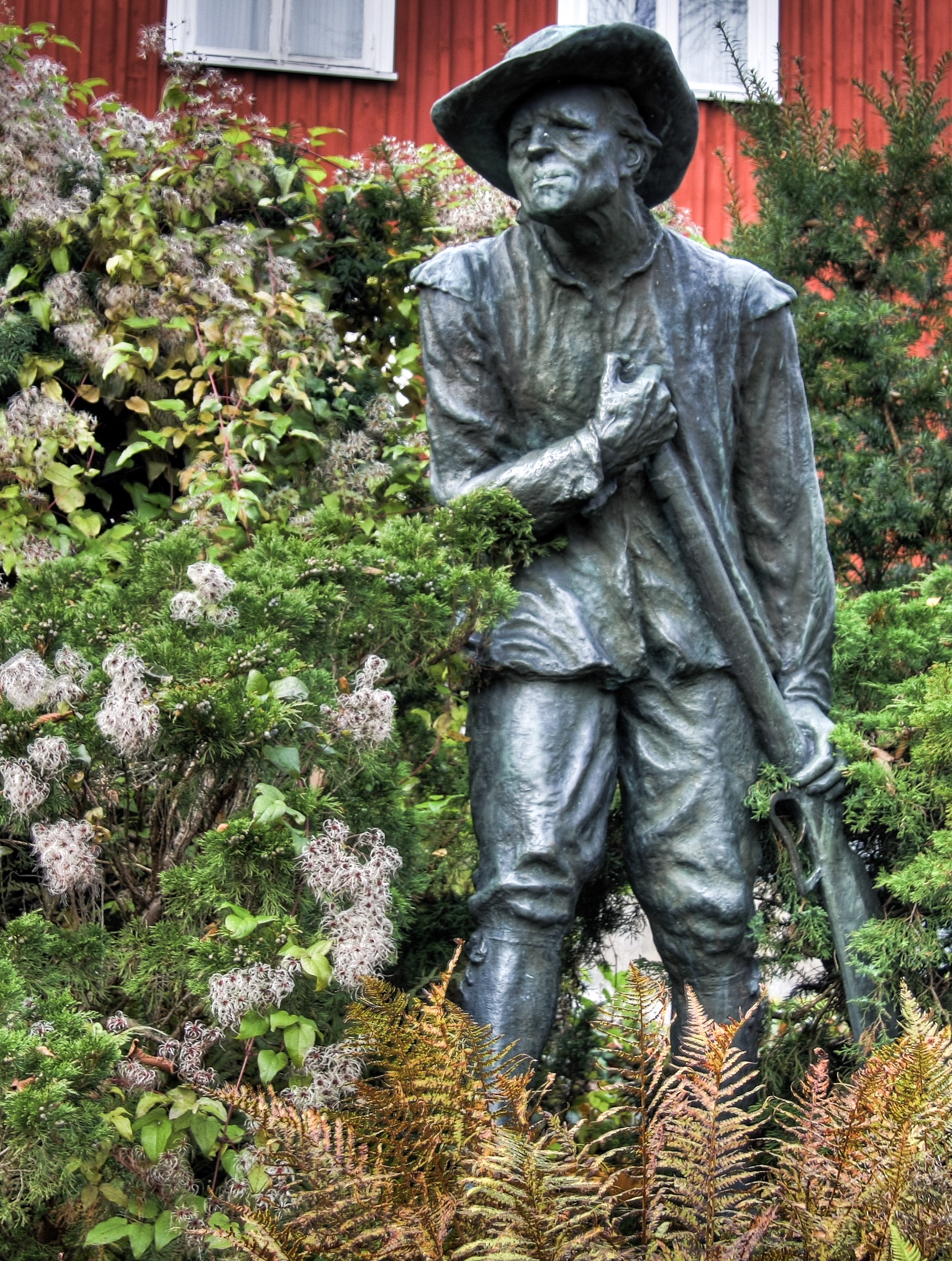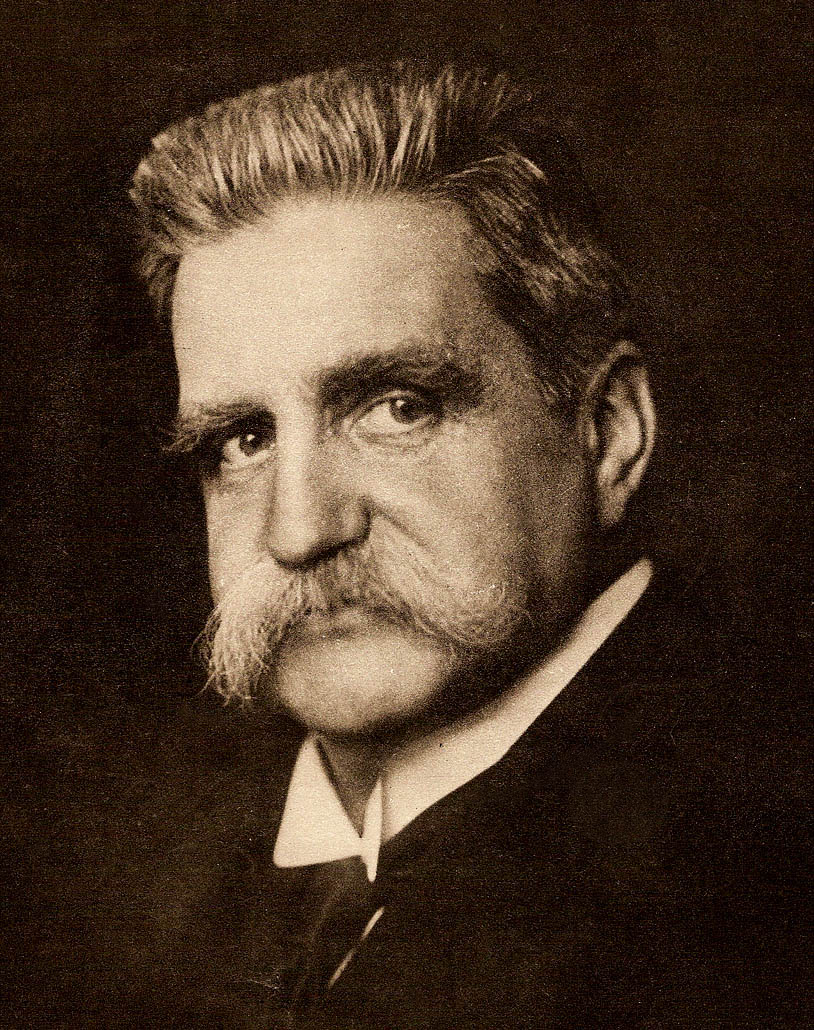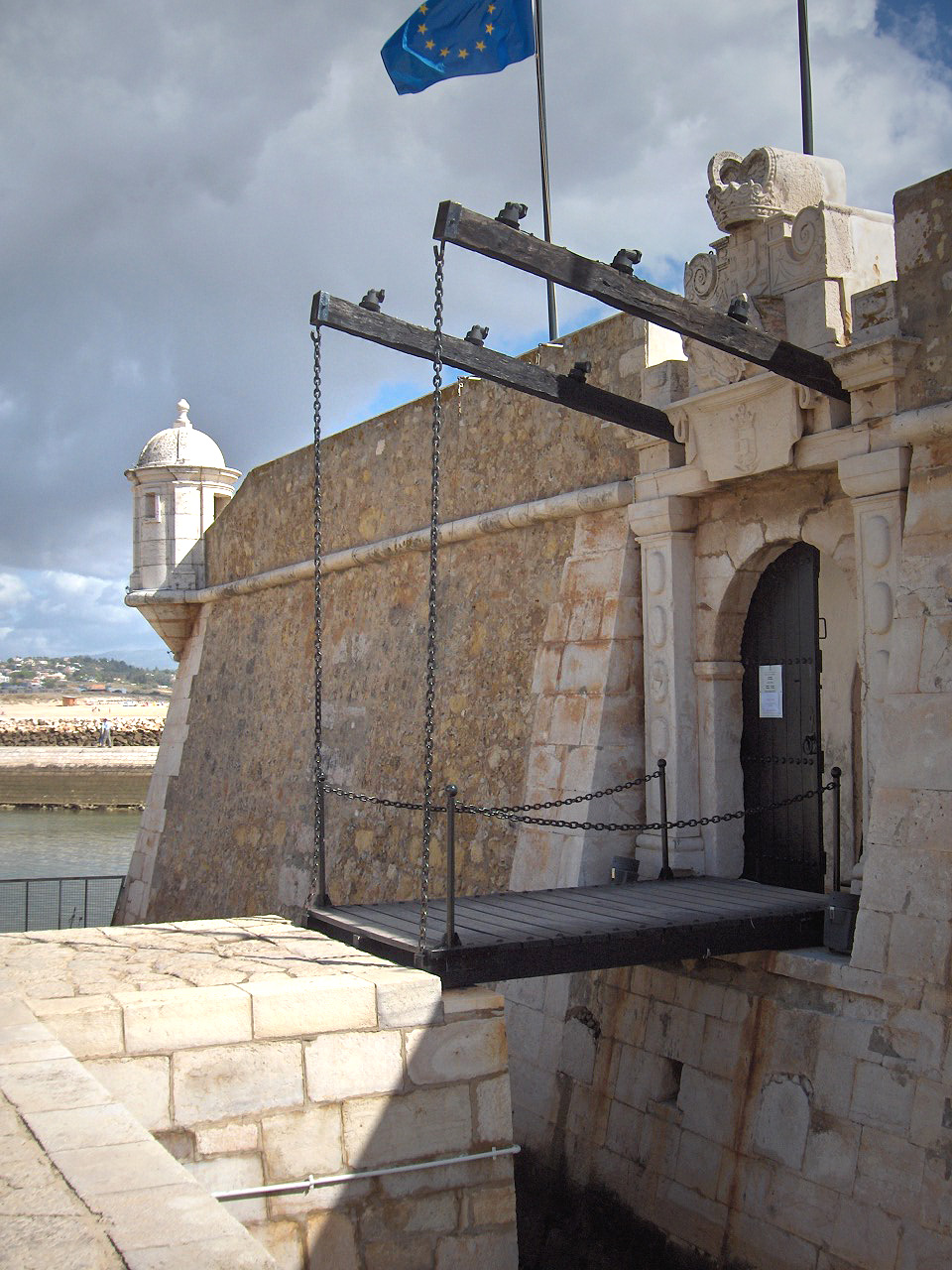|
Hovdala Castle
Hovdala Castle ( sv, Hovdala slott) is a castle in Hässleholm Municipality, Scania, in southern Sweden. Its oldest visible parts date from the early 16th century although the original construction dates back to at least the early 12th century. History Hovdala was mentioned for the first time in 1130, but the buildings that visitors can see today were mainly constructed during the early 16th century. The date 1511 can be read on one of the façades. Back then, Scania was part of Denmark.The castle name was written 'Howdale'in the mid 17th-century. The squire Magnus Rabek is mentioned in written sources as having owned the estate sometime before the Black Death. During the early 15th century, the estate belonged to a squire named Klement Skaldra. At the end of the century, the estate passed to the Laxmand family, who erected the oldest of the presently visible buildings. Through marriage it later passed to the Grubbe family. During the ownership of Sigvard Grubbe, an educated man ... [...More Info...] [...Related Items...] OR: [Wikipedia] [Google] [Baidu] |
Hässleholm Municipality
Hässleholm Municipality (''Hässleholms kommun'') is a municipality in Scania County in southern Sweden. Its seat is located in the city Hässleholm. The present municipality was created in 1974 when the former ''City of Hässleholm,'' itself incorporated in 1914, was amalgamated with seven surrounding municipalities. In 1863, there were 29 local government units, all rural, in the area. The municipal coat of arms was granted in 1920 and registered for the new municipality in 1974. The cross symbolizes the railway junction, which is the origin of the town Hässleholm. The hazelnuts allude to the name ''Hässleholm'', which roughly translates as ''"Hazel-isle"''. Geography At 1,306.27 km2 Hässleholm is the second largest municipality in Skåne County by total area. By land area Hässleholm is the largest in Scania County with 1,268.53 km2 (Kristianstad Municipality short after with 1,246.25 km2), much due to its relatively small water area of 37.74 km2. ... [...More Info...] [...Related Items...] OR: [Wikipedia] [Google] [Baidu] |
Snapphane
A ''snapphane'' was a member of a 17th-century pro-Danish guerrilla organization, auxiliaries or paramilitary troops that fought against the Swedes in the Second Northern and Scanian Wars, primarily in the eastern former Danish provinces that had become southern Sweden in these wars. The term was a derogatory reference for those the Swedish authorities considered illegal combatants. Categories were of five general categories: * Regular special forces from the Danish army sent to work behind enemy lines to disrupt communications and supply lines, obtain intelligence, prevent Swedish tax collection, catch traitors, and help Danes escape from enemy territory. Captain Pieter Sten, who the Swedes considered the fiercest of , spent part of his time in the regular army and ran a spy central at the Ringsøe lake (now Ringsjön). Nicolai Hermansen held similar roles. * The King's were lightly armed cavalry units who fought in the rear and did the same tasks as the first category b ... [...More Info...] [...Related Items...] OR: [Wikipedia] [Google] [Baidu] |
Swedish Social Democratic Party
The Swedish Social Democratic Party, formally the Swedish Social Democratic Workers' Party ( sv, Sveriges socialdemokratiska arbetareparti ; S/SAP), usually referred to as The Social Democrats ( sv, link=no, Socialdemokraterna ), is a social-democratic political party in Sweden. Founded in 1889, the SAP is the country's oldest and currently largest party. From the mid-1930s to the 1980s, the Social Democratic Party won more than 40% of the vote. From 1932 to 1976, the SAP was continuously in government. Most recently, the party was heading the government from 2014 to 2022. It participates in elections as "The Workers' Party – The Social Democrats" ( sv, link=no, Arbetarepartiet – Socialdemokraterna ). History Founded in 1889 as a member of the Second International, a split occurred in 1917 when the left socialists split from the Social Democrats to form the Swedish Social Democratic Left Party (later the Communist Party of Sweden and now the Left Party). The symbol of t ... [...More Info...] [...Related Items...] OR: [Wikipedia] [Google] [Baidu] |
Minister Without Portfolio
A minister without portfolio is either a government minister with no specific responsibilities or a minister who does not head a particular ministry. The sinecure is particularly common in countries ruled by coalition governments and a cabinet with decision-making authority wherein a minister without portfolio, while they may not head any particular office or ministry, may still receive a ministerial salary and has the right to cast a vote in cabinet decisions. Albania In Albania, ''"Minister without portfolio"'' are considered members of the government who generally are not in charge of a special department, do not have headquarters or offices and usually do not have administration or staff. This post of was first introduced in 1918, during the Përmeti II government, otherwise known as the Government of Durrës. The members of this cabinet were referred to as ''Delegatë pa portofol'' (delegate without portfolio). The name "minister" was used two years later, during the g ... [...More Info...] [...Related Items...] OR: [Wikipedia] [Google] [Baidu] |
Ambassador
An ambassador is an official envoy, especially a high-ranking diplomat who represents a state and is usually accredited to another sovereign state or to an international organization as the resident representative of their own government or sovereign or appointed for a special and often temporary diplomatic assignment. The word is also used informally for people who are known, without national appointment, to represent certain professions, activities, and fields of endeavor, such as sales. An ambassador is the ranking government representative stationed in a foreign capital or country. The host country typically allows the ambassador control of specific territory called an embassy, whose territory, staff, and vehicles are generally afforded diplomatic immunity in the host country. Under the Vienna Convention on Diplomatic Relations, an ambassador has the highest diplomatic rank. Countries may choose to maintain diplomatic relations at a lower level by appointing a chargé d'aff ... [...More Info...] [...Related Items...] OR: [Wikipedia] [Google] [Baidu] |
Drawbridge
A drawbridge or draw-bridge is a type of moveable bridge typically at the entrance to a castle or tower surrounded by a moat. In some forms of English, including American English, the word ''drawbridge'' commonly refers to all types of moveable bridges, such as bascule bridges, vertical-lift bridges and swing bridges, but this article concerns the narrower historical definition of the term where the bridge is used in a defensive structure. As used in castles or defensive structures, drawbridges provide access across defensive structures when lowered, but can quickly be raised from within to deny entry to an enemy force. Castle drawbridges Medieval castles were usually defended by a ditch or moat, crossed by a wooden bridge. In early castles the bridge might be designed to be destroyed or removed in the event of an attack, but drawbridges became very common. A typical arrangement would have the drawbridge immediately outside a gatehouse, consisting of a wooden deck with one ed ... [...More Info...] [...Related Items...] OR: [Wikipedia] [Google] [Baidu] |
Europa Nostra
Europa Nostra (Italian for "Our Europe") is a pan-European Federation for Cultural Heritage, representing citizens' organisations that work on safeguarding Europe's cultural and natural heritage. It is the voice of this movement to relevant international bodies, in particular the European Union, the Council of Europe and UNESCO. It has consultative status with UNESCO and is recognised as an NGO partner. Organisation and objectives Europa Nostra's network covers almost 50 countries across Europe and beyond. It is composed of over 250 member organisations (heritage associations and foundations with a combined membership of more than 5 million people), 150 associated organisations (governmental bodies, local authorities and corporations) and also 1500 individual members who directly support the mission of Europa Nostra. Europa Nostra's main goal is to place heritage and its benefits in the mainstream of public consciousness and to make heritage a higher priority for public policy bot ... [...More Info...] [...Related Items...] OR: [Wikipedia] [Google] [Baidu] |
Expropriation
Nationalization (nationalisation in British English) is the process of transforming privately-owned assets into public assets by bringing them under the public ownership of a national government or state. Nationalization usually refers to private assets or to assets owned by lower levels of government (such as municipalities) being transferred to the state. Nationalization contrasts with privatization and with demutualization. When previously nationalized assets are privatized and subsequently returned to public ownership at a later stage, they are said to have undergone renationalization. Industries often subject to nationalization include the commanding heights of the economy – telecommunications, electric power, fossil fuels, railways, airlines, iron ore, media, postal services, banks, and water – though, in many jurisdictions, many such entities have no history of private ownership. Nationalization may occur with or without financial compensation to the former owners. ... [...More Info...] [...Related Items...] OR: [Wikipedia] [Google] [Baidu] |
Jens Mikkelsen Ehrenborg
Jens Mikkelsen Ehrenborg (1621 – 1690) was a Danish soldier and public servant who later became a Swedish nobleman. He was born in 1621 in Fredericia in southern Jutland in Denmark. His name was also spelled Jöns Michelsson, Jens Michelsen or Jöns Michaelson. Upon his ennoblement in 1687, he was given the surname Ehrenborg. In his youth, Mikkelsen served as an officer in the Danish army and later he worked in the Chancellor of the Exchequer's offices in Copenhagen and he was a faithful servant to King Christian IV. At around this time, Mikkelsen rented an estate called Spannerup (now Spannarp) in the eastern province of Scania (Skåne). According to family tradition, he rented or bought Howdale (now Hovdala) Castle in Scania in 1654, although he maintained certain rights to Spannerup until he sold all rights to the Swedish Governor General Gustav Otto Stenbock in 1663. He also had burgher rights in Helsinborg for some years but in 1665 he obtained the rights of a nobleman to ... [...More Info...] [...Related Items...] OR: [Wikipedia] [Google] [Baidu] |




.jpg)

.jpg)